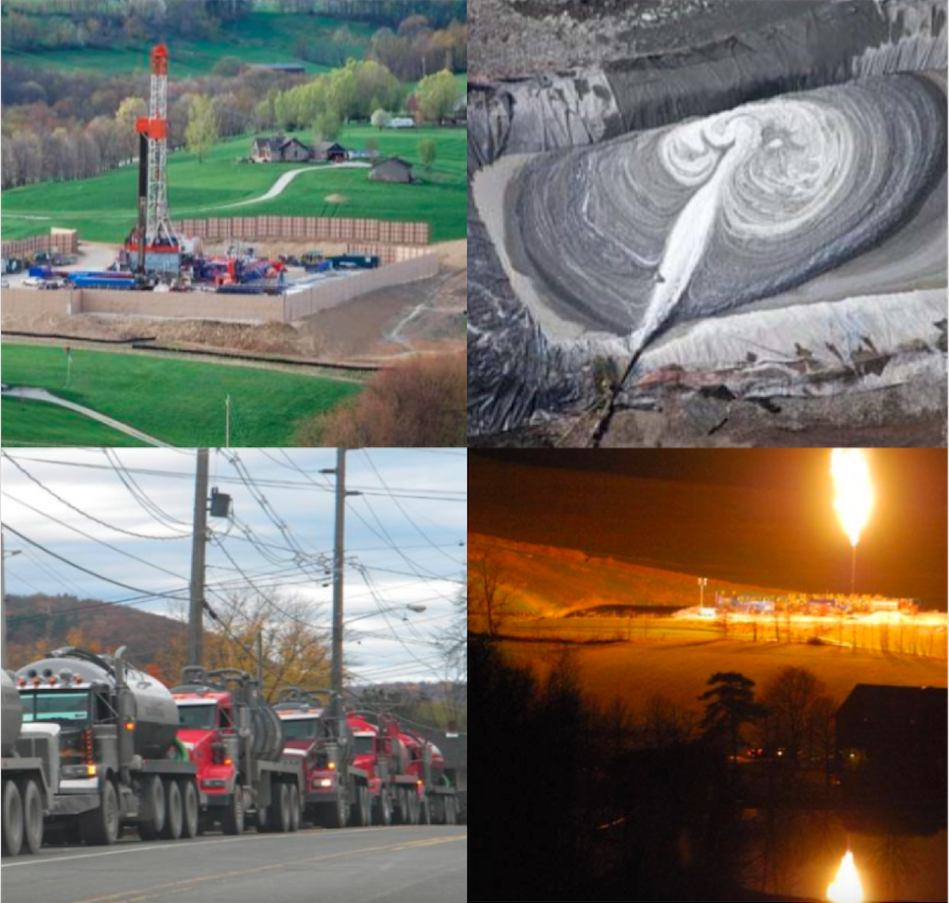Unconventional Gas and Oil Drilling Operations in the Marcellus Shale and Health Disparities
Seminar by
Trevor M. Penning
Molinoff Professor of Pharmacology and Director of the Center of Excellence in Environmental Toxicology
University of Pennsylvania
 |
Friday March 31, 2017 1:00 PM |
Hourglass room University Club The Inn at Penn (2nd Floor) 3611 Walnut Street, Philadelphia, PA 19104, United States |
Abstract: Unconventional gas and oil drilling (UGOD) refers to all activities required to extract natural gas and oil from shale formations and is not limited to hydraulic fracturing or “fracking” but includes all pre- and post-well drilling activity, production activity, transportation of the fossil fuel and disposal of all waste (liquid and solid). Twenty of forty counties in the Commonwealth of Pennsylvania support this activity. Many of these counties are rural in nature and have subpopulations of socioeconomically disadvantaged or vulnerable residents (i.e. low education and income levels and the elderly). UGOD provides economic benefit to these communities but also raises public health concerns, associated with possible air pollution, water contamination, psychosocial stress and sleep deprivation, etc. Our published study (PLoS One DOI:10.1371/journal.pone.0131093 July 15, 2015) demonstrated that UGOD was associated with increased hospital utilization rates from 2007-2011 in Bradford and Susquehanna Counties, where there has been a dramatic increase in UGOD activity versus the adjacent Wayne County, where there has been a moratorium on this activity. The number of inpatient records examined was 95,000, making this the most comprehensive study on possible health effects of UGOD to date. Cardiology inpatient prevalence rates were significantly associated with number of wells per zip code (p<0.00096) and wells per km2 (p<0.00096), while neurology inpatient prevalence rates were significantly associated with wells per km2 (p<0.00096). Furthermore, evidence also supported an association between well density and inpatient prevalence rates for the medical categories of dermatology, oncology, and urology. The demographics of residents in the three counties were similar, indicating that the health of these rural residents was disproportionately affected by UGOD. Exposure pathways to waste water using GIS tools and hazard identification of hydraulic fracturing fluid constituents using genomic and chemoinformatic tools are being used to further elaborate potential environmental justice issues.
